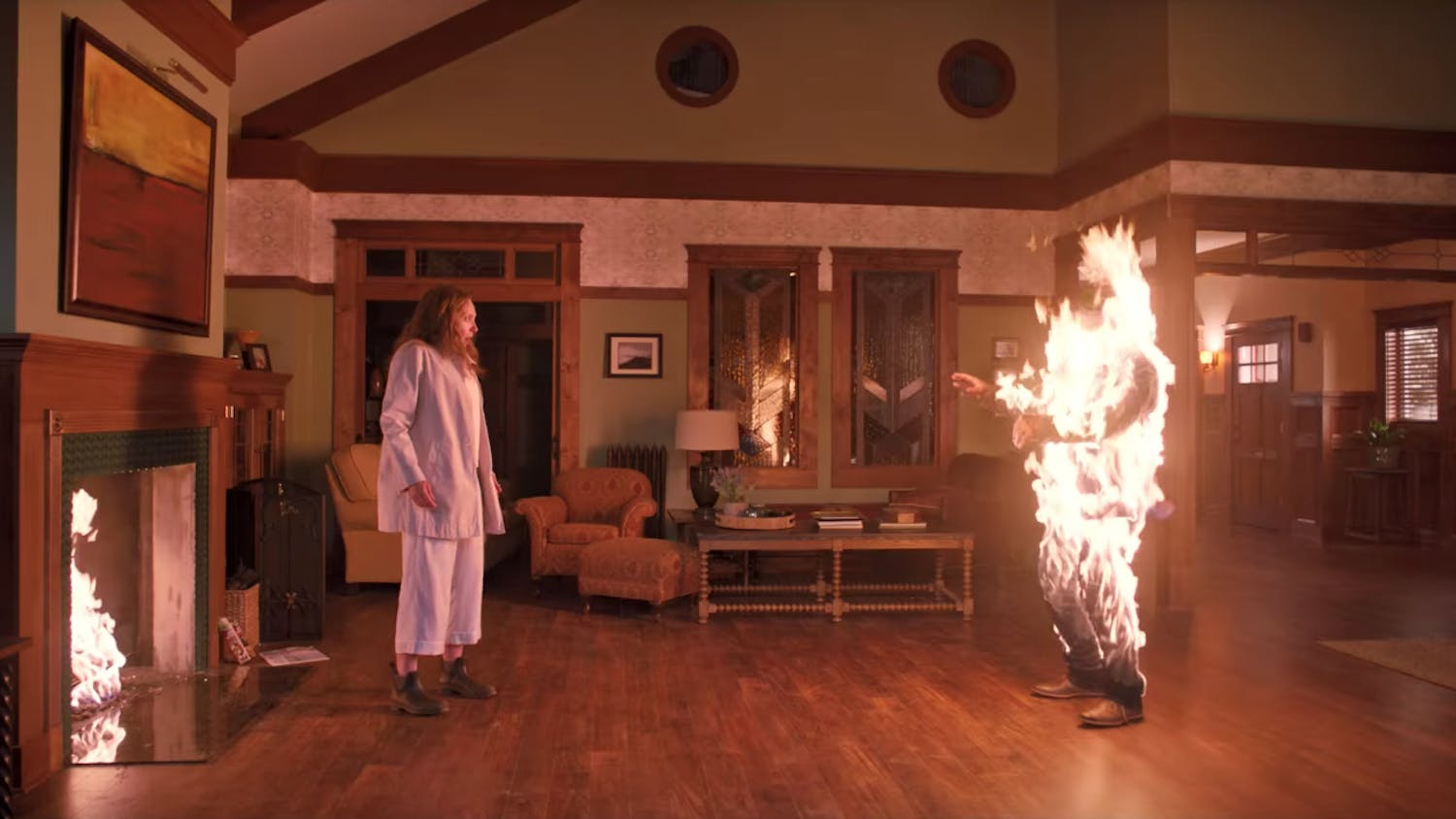There are some people who through their personal charisma, seminal work or particularly distressing wrongdoings, become quintessential figures, almost mascots of their time period. Something about them seizes the imagination of their contemporaries or, perhaps even more so, of their successors.
From FDR and Churchill to John Dillinger and Hitler, the tumultuous 20th century saw many of these characters come and go, always lingering in the collective mind and culture. Ever since artists began signing their work and gaining followers, the art world too produced legends on par with those in the political realm. This explains our embedded cultural references to Leonardo da Vinci, Claude Monet, Jackson Pollock and Banksy. Perhaps the most prominent artist of recent memory, Andy Warhol, modeled an overall lifestyle that bordered on artistic revolution, one that has inspired, repelled and intrigued since his most famous works were created in the '60s. His emphasis on mass commercialism and its disconnect from, but inherent part of, the internal lives of the American people still begets copycat work in the street art scene today. The instant, imperfect and intensely intimate Polaroid photography Warhol propagated was a precursor to the plastic camera or ""lomography"" movement that is currently finding its way into the modern photography mainstream. Yet, these are just drops in the sea of innovations that exemplify the far-reaching and long-lasting influence of Warhol's work.
Whereas the art historian's discourse on Warhol may be a useful attempt to summarize and understand a cultural icon, it does little to truly galvanize the artistic spirit. That quality is reserved for the art itself, but art as it has been held since the late 20th century is not intended to be some remote idea that only exists for elite scholars to discuss over brandy and cigars. Instead, it is a fundamental means of communication that must be seen for it to connect with its audience. Knowing this, it is an absolutely thrilling notion that works by a man as famous and visionary as Warhol should grace the humble walls of Madison's very own Chazen Museum of Art.
Of course, I am a biased art history major whose interests lie in 20th century and contemporary art, but there is a certain energy in seeing works in person that have changed the art world. Sometimes as I sit in the dark, cavernous lecture halls of the Chazen, looking at yet another Madonna and Child painted by yet another long dead Flemish guy, it is easy to lose track of what is important about art history and what sets it apart from the still valid but not scholarly pursuit of art appreciation.
There is nothing quite so grounding as stumbling back upstairs into the light of day and being met with the eyes of several people, staring unblinkingly out at me from the Polaroids on the wall. I don't need to meet these people to know that they brimmed with the energy and life that I see in my fellow human beings, those whom I hope art will help me understand. In fact, the nearly metaphysical presence the people in the Polaroids emit does not just capture their personality and essence, but that of the photographer himself, a man who observed the world's denizens and exhibited great talent in transcribing his notes into a visual culture of his own.
As Warhol seemed always ready with an illuminating quip about people and their interactions, most would include such a Warhol-attributed quote when mentioning an exhibition of his work. However, I instead think of the song lyric from ""Jumbo,"" a track off of Underworld's album Beaucoup Fish. Underworld has done for electronic music what Warhol did for photographic portraiture. I believe it is only fitting to note that art of all forms can capture, like a photograph, the inherent electricity of its time.
The exhibit mentioned, ""Andy Warhol Photographic Studies,"" is on display at the Chazen Museum of Art from Oct. 9 to Dec. 5.






